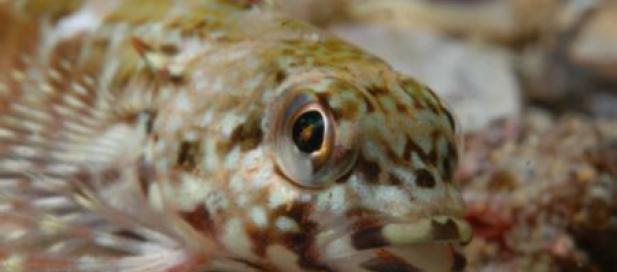
The Minister for Water, Lisa Neville MP, has announced a new Western Port Ramsar Site Management Plan which provides a framework for best site management for the coming seven years.
The Office of the Commissioner for Environmental Sustainability recently released the State of the Bays 2016, which provided a baseline scientific analysis on the general health of Western Port and Port Phillip Bay.
The State of the Bays 2016 found that:
- At least 253 bird species have been recorded in Western Port, including 102 species of waterbird and 151 other species, including bush birds (passerines), raptors, cockatoos and parrots, pigeons, cuckoos and quail.
- Western Port supports over 10,000 individual shorebirds and over 10,000 individual waterfowl.
- Several species of waterbirds in Western Port are in serious decline, and very few are increasing. Species at the highest risk of further declines are trans-equatorial migrants, nomadic or dispersive, local breeders or largely fish-eating species.
- Saltmarshes in Western Port are in a fair condition but are healthy compared with other areas around south-east Australia. The saltmarshes are diverse and healthy, but there are threats to their resilience. These include the impacts of urban growth and rising sea levels.
Western Port has extensive mudflats, seagrasses, mangroves and saltmarshes, which regularly supports over 30 migratory waterbird species that are listed under international agreements around Asia. These key habitats within Western Port provide important feeding and roosting grounds for the migratory birds.
The Convention of Wetlands of International Importance, also called the Ramsar Convention, is an intergovernmental treaty signed in 1971 for ‘the conservation and wise use of all wetlands through local, regional and national actions and international cooperation, as a contribution towards achieving sustainable development throughout the world’. Australia is host to many Ramsar listed sites, three of which are Western Port, Port Phillip Bay (Western Shoreline) and Bellarine Peninsula.
To help implement the plan, the Labor Government is providing $640,000 from the Water for Victoria initiative, aimed at improving the health of waterways and catchments across regional Victoria.
The plan is in response to Victoria’s obligations under Victorian and Commonwealth Government legislation and the Ramsar Convention to maintain the ecological character of the site.
You can find the State of the Bays 2016 full synthesis report and website here: www.stateofthebays.vic.gov.au [BROKEN LINK]
